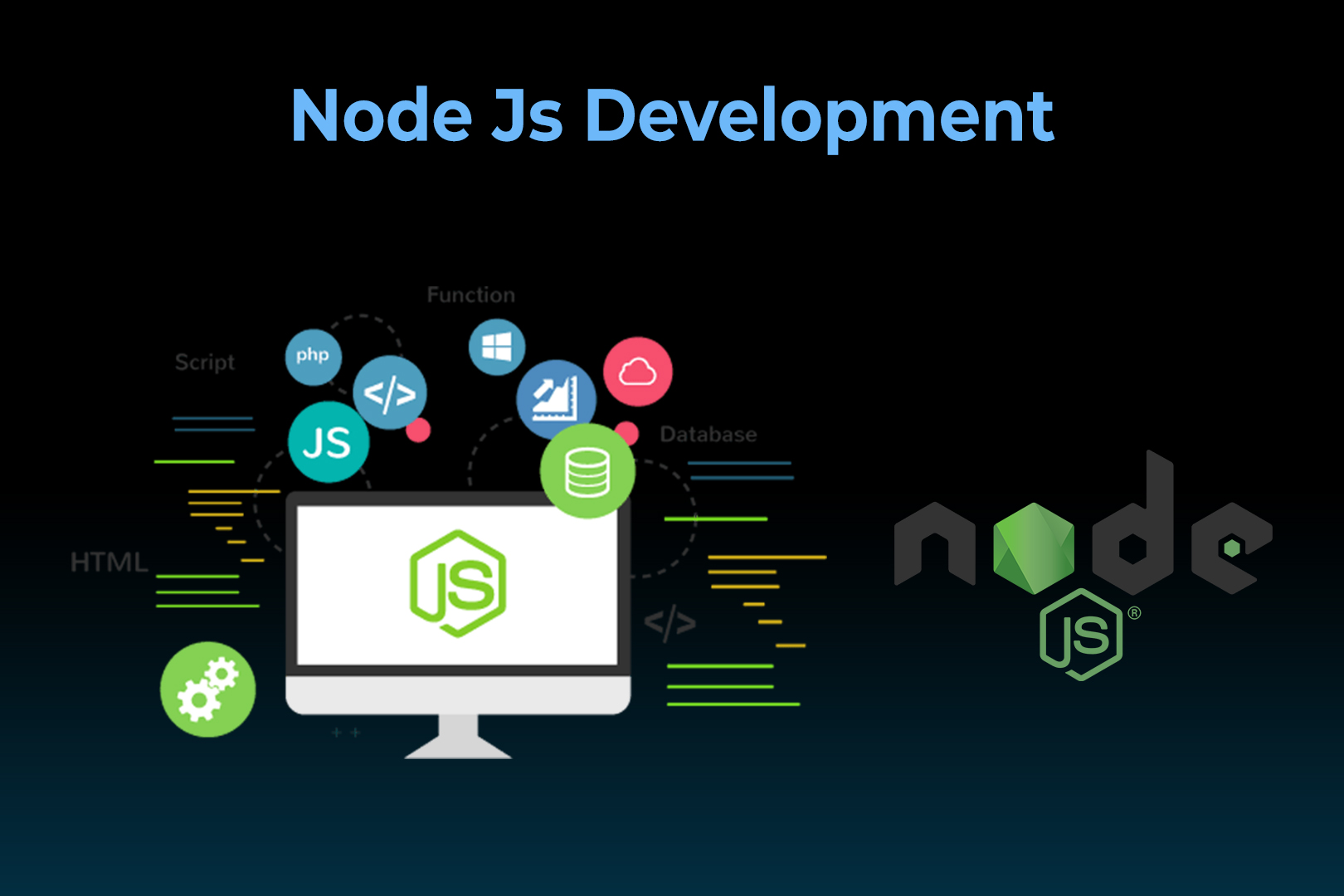Insights Hub
Your go-to source for the latest news and information.
Node.js: Where JavaScript Gets Its Groove On
Discover how Node.js supercharges JavaScript, turning it into a powerful tool for modern web development. Get the groove on today!
Understanding the Event-Driven Architecture of Node.js
Event-Driven Architecture (EDA) is a programming paradigm that revolves around the production, detection, consumption of, and reaction to events. In the context of Node.js, EDA enables developers to build highly responsive applications. This architecture allows for non-blocking I/O operations, which means that the application can handle multiple requests simultaneously without waiting for an operation to complete. By leveraging the built-in EventEmitter class, Node.js provides a robust framework for managing events, making it an excellent choice for real-time applications like chat services or online gaming.
One of the key benefits of using Node.js in an Event-Driven Architecture is the improved scalability it offers. Event-driven applications can easily accommodate varying loads by optimizing resource usage. For instance, when a user triggers an event, the system can respond immediately, while other parts of the application continue functioning unhindered. This is predominantly achieved through a single-threaded event loop that efficiently manages multiple events. Overall, understanding the event-driven architecture of Node.js is crucial for developers looking to create performant and scalable applications.

Top 5 Use Cases for Node.js You Should Know About
Node.js has become a go-to solution for developers looking to build scalable and high-performance applications. One of the most popular use cases for Node.js is its application in real-time web applications. With its asynchronous, event-driven architecture, Node.js enables developers to create applications that can handle multiple connections simultaneously. This is particularly useful for chat applications and online gaming platforms, where real-time data exchange is crucial.
Another compelling use case for Node.js is in creating RESTful APIs. Its ability to handle numerous requests at once and process them quickly makes it ideal for back-end services that require efficient data exchange. By using frameworks like Express.js, developers can easily build robust APIs that serve as the backbone for modern web applications, mobile apps, and microservices architectures.
How Node.js Revolutionizes Asynchronous Programming in JavaScript
Node.js has transformed the landscape of asynchronous programming in JavaScript by introducing a non-blocking I/O model that enhances performance and scalability. In traditional synchronous programming, operations such as file reading or network requests stall the execution of the code until they are completed, which can lead to significant delays and a poor user experience. However, with Node.js, developers can leverage the event-driven architecture to initiate operations and continue executing other code without waiting, allowing for smoother and more efficient applications.
This revolution in asynchronous programming fundamentally changes how JavaScript handles tasks. By utilizing techniques such as callbacks, promises, and the recent async/await syntax, developers can write cleaner and more manageable code. As a result, applications become more responsive and capable of handling multiple requests simultaneously. Node.js not only empowers developers to create high-performance applications but also shifts the paradigm of JavaScript as a language suited for server-side development, making it an indispensable tool in modern web development.